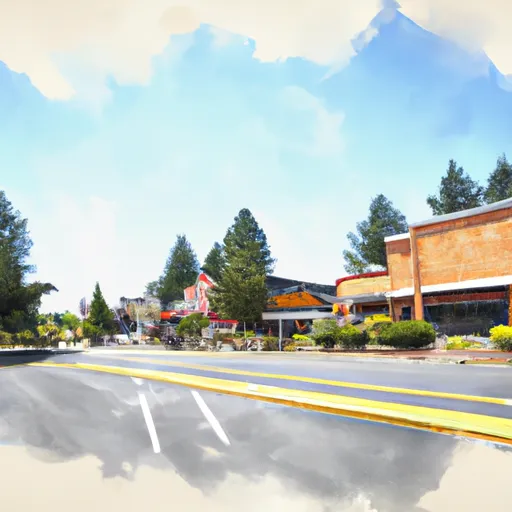°F
°F
mph
Windspeed
%
Humidity











Bates, Oregon is a small town located in Grant County with a population of approximately 45 people. The climate in Bates is classified as dry-summer subarctic, with cold winters and warm summers. The town is located near several streams and rivers, including the John Day River, which provides opportunities for fishing and water activities. Hydrology constituents in the area include arsenic, nitrate, and total coliform. Outdoor recreation opportunities include hiking, camping, and hunting in the nearby Malheur National Forest. The surrounding area also offers opportunities for wildlife viewing, including elk, deer, and various bird species.
Weather Forecast
Bates receives approximately 409mm of rain per year, with humidity levels near 61% and air temperatures averaging around 8°C. Bates has a plant hardyness factor of 6, meaning plants and agriculture in this region thrive during a short period during spring and early summer. Most plants will die off during the colder winter months.
Regional Streamflow Levels
502
Cubic Feet Per Second
1
Cubic Feet Per Second
808
Cubic Feet Per Second
5,560
Cubic Feet Per Second
Nearby Camping
| Camping Area | Reservations | Toilets | Showers |
|---|---|---|---|
| Dixie | |||
| Strawberry | |||
| Welch Creek /Th | |||
| Magone Lake Rec Area | |||
| Lower Camp Creek Forest Camp | |||
| Grant County RV Park |



